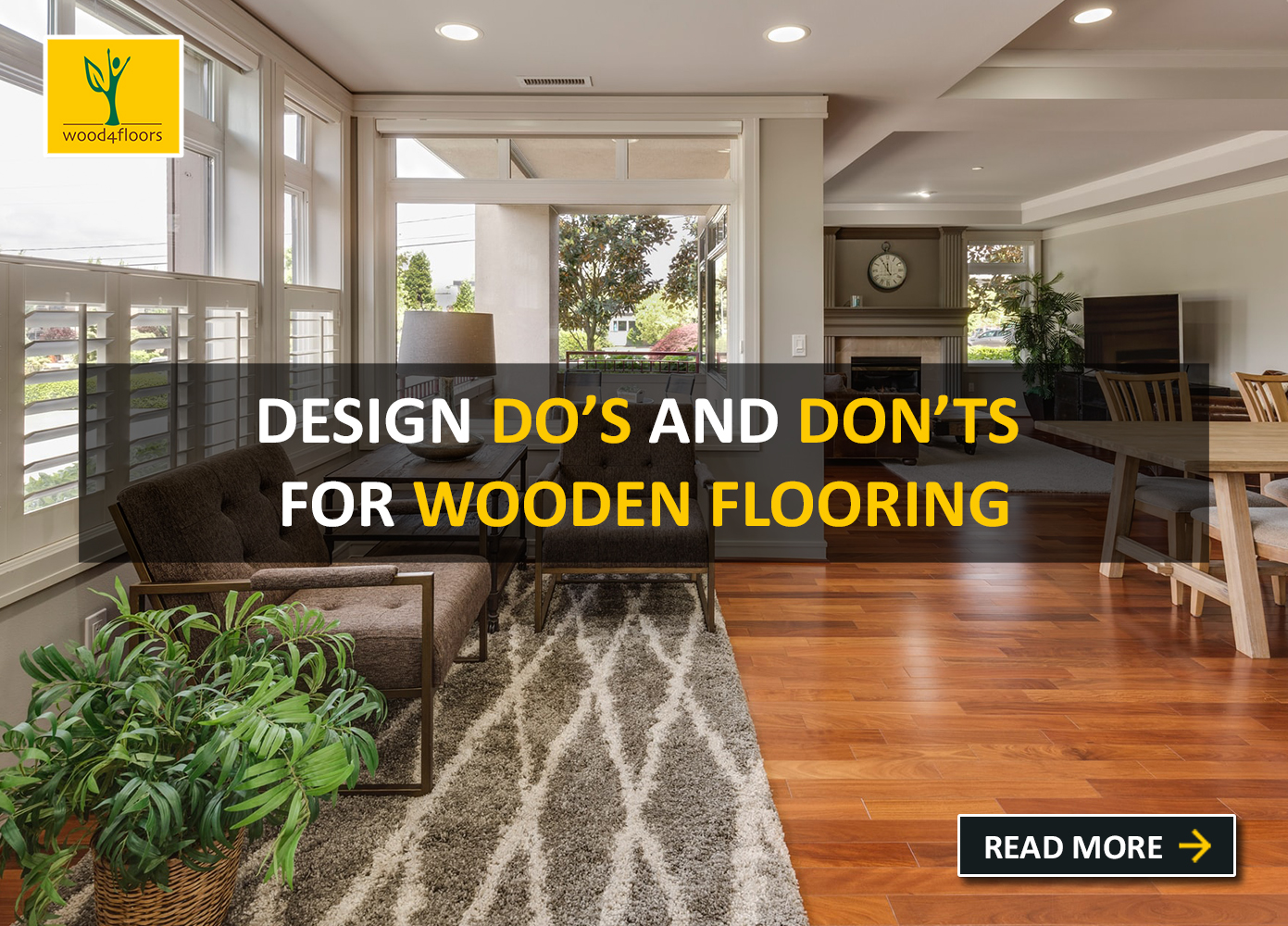The wooden flooring you choose can dramatically alter the look and feel of your interiors. Ideally it should complement and enhance your existing space, working in harmony with the features of your property. Our design do’s and don’ts will help you make the all-important decision
Do’s for Wooden Flooring
- Use light wood flooring to make small, dark spaces light and airy; use dark wooden flooring to add character and warmth.
- Choose your board size carefully – wide boards make spaces look bigger, small boards will give you more contrast and depth.
- Consider the property – no matter how much you love antique/hand-finished floors they may look out of place in your modern home.
- Be practical – dark floors are best for disguising marks and scuffs in high traffic areas and stains in kitchens.
- Choose natural oak for rental properties – it’s neutral and goes with most décor styles.
- Never underestimate the importance of flooring…it is after all, the largest piece of furniture in any room.
Don’ts for Wooden Flooring
- Matching floor boards and furniture exactly never works. Choose a lighter or darker shade of the same wood.
- Never mix cool and warm wood hues. If you have cool light wood kitchen units, a warm orange/brown wooden flooring will look plain wrong.
- Don’t try to re-invent the wheel – use Pinterest or Houzz, find an interior style you like and copy it.
- Don’t forget that timber changes with age – think about what your floor will like in 5-10 years.
- It’s risky to rely on samples – find a flooring company with a showroom that allows you to see the boards.


